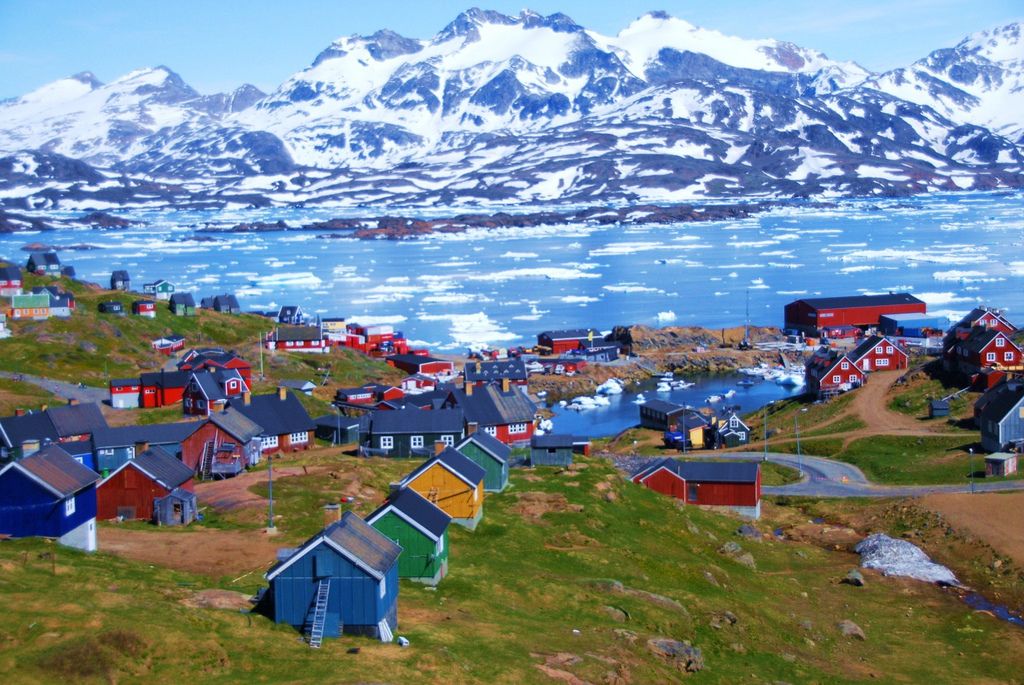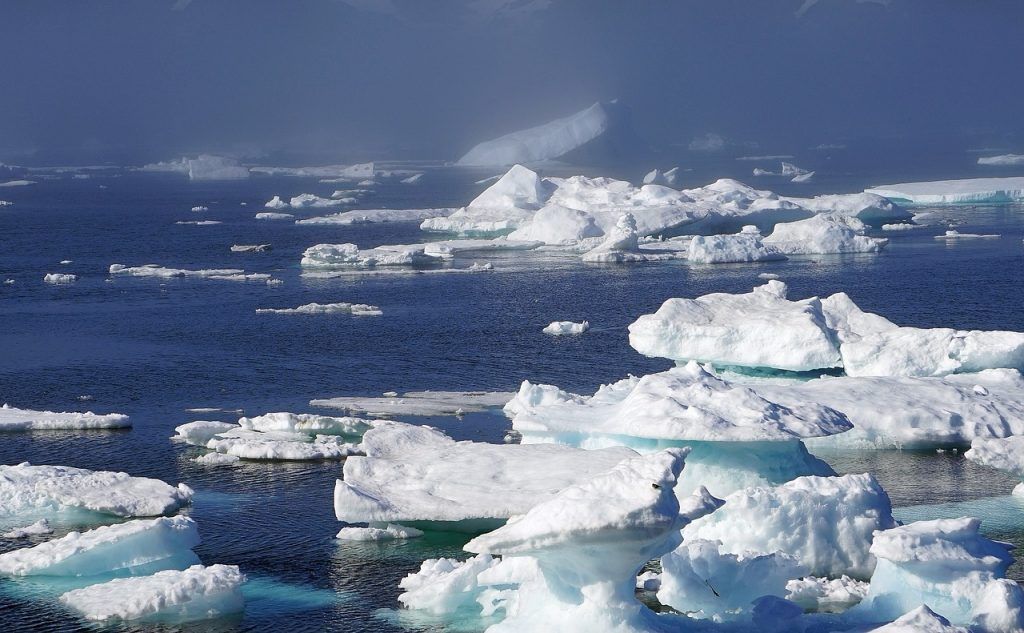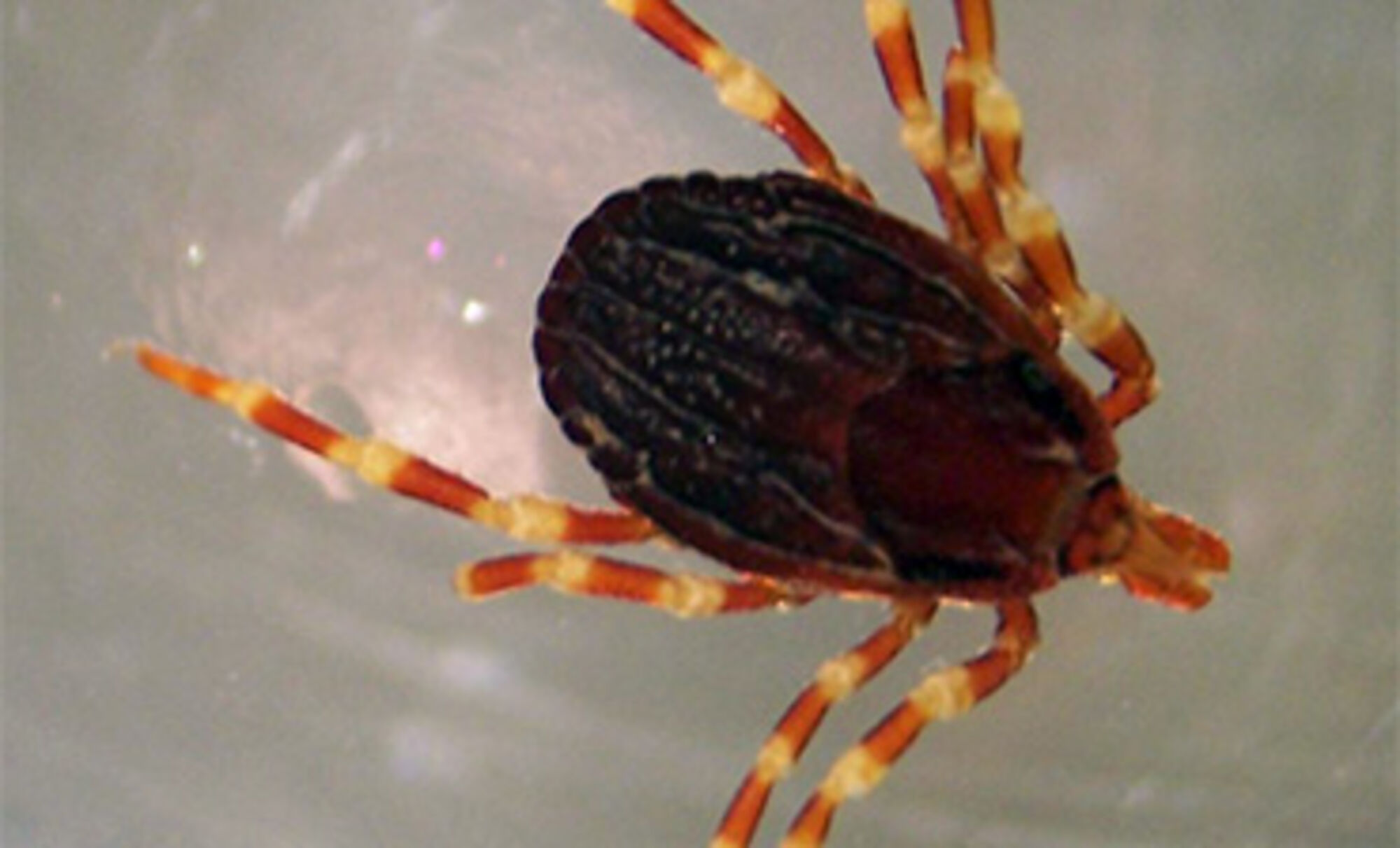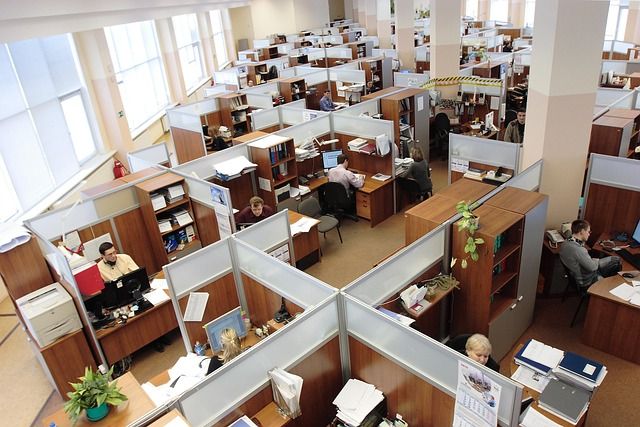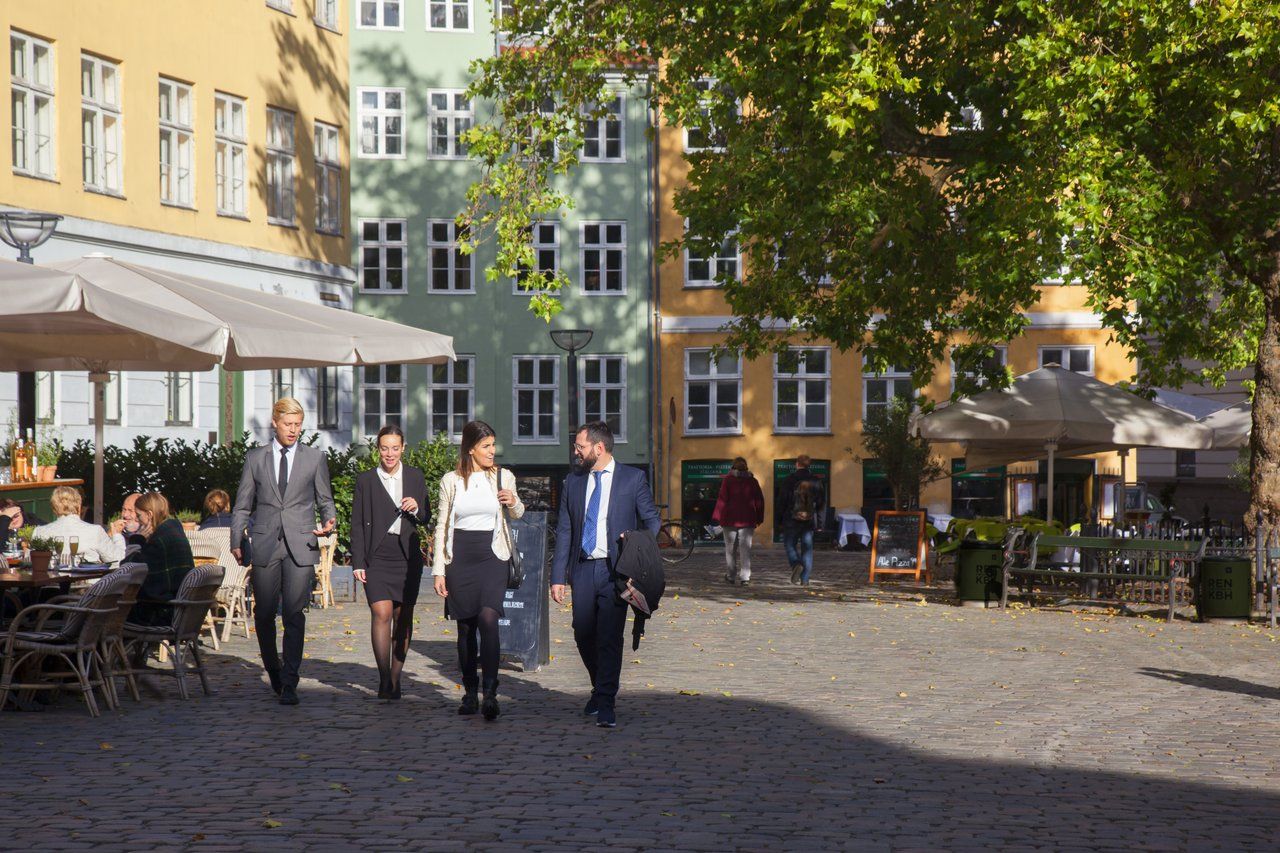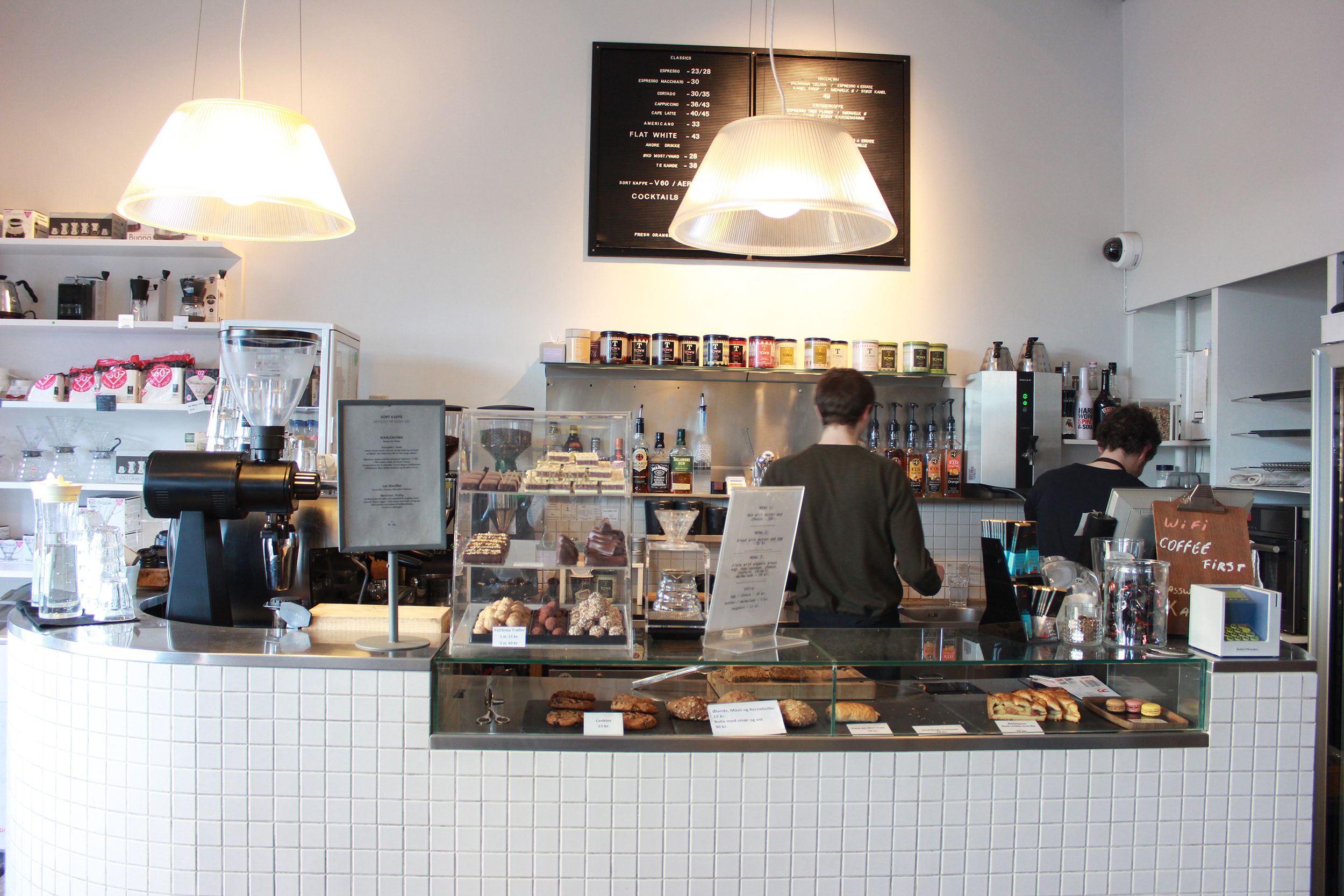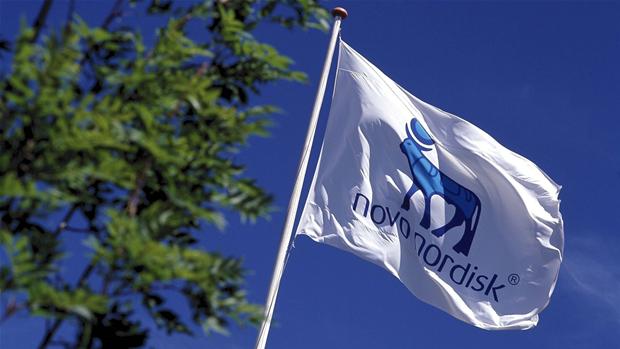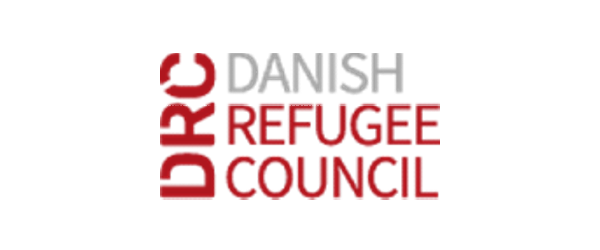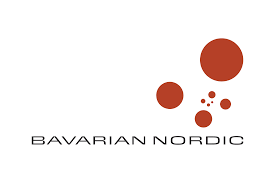No country in the world has more rapes reported to the police per capita than Greenland.
Last year, 132 rapes were reported in the country – which has just over 56,000 residents – placing it at the top of the 133 countries that report their rape figures to the UN Drugs and Crime Agency.
“It is not uncommon for Greenlandic girls to be raped,” PhD student Sidsel Karsberg told Metroxpress. “Girls in the smaller towns and villages are particularly susceptible.”
Karsberg said the problem is compounded by Greenland’s lack of focus on the problem and limited help for the victims.
Karsberg said her study of 269 young people in northern Greenland revealed that 14 percent of the girls and 3.5 percent of the boys had reported being raped.
Small town hell
The highest number of police-reported rape cases last year occurred in the town of Tasiilaq, with 24 cases reported among just 1,930 inhabitants – a number ten times higher than in the much larger city of Nuuk.
Psychologist Annalise Rust was employed by Greenland’s home rule government until 2011. She said that many people in small villages know each other, which can make reporting difficult.
In Greenland’s first penal code, established in 1954, rape was punishable by a 200 kroner fine.
The penalty today is 12 to 18 months in prison.
A sad case
In March of this year, 40-year-old Kasper Brandt from Iginniarfik was sentenced to indefinite custody for rape and indecent exposure against a series of teenage girls. The judge deemed him a danger to the lives of others.
He had previously been convicted of rape in 1989, 1996, 1997 and 2011.
In two cases he managed to call the municipality and a local youth club to ask if they could send a girl to “a summer event”. In neither case was his prior history checked.
Two girls, 15 and 16, were subsequently raped by Brandt.
Aaja Chemnitz Larsen, a member of parliament for Greenland’s IA party, said the case shows that rape is not taken seriously enough in some places in Greenland.
“We have rules that criminal records should be asked for,” said Larsen. “But they are obviously not observed by some municipalities.”
Police can be slow to help
Karsberg said it can often take a long time for a rapist to be arrested in Greenland.
“Police rarely go to the smaller settlements, so when a victim reports a rape, it can take a long time before the perpetrator is charged,” said Karsberg.
“Meanwhile, the victim and the offender can shop in the same supermarket, which can be harmful and traumatic for the victim.”
READ MORE: More Greenlandic youngsters committing suicide
Larsen said she will be discussing the problem with the Justice Department, since the Greenlandic police operate under Danish auspices.
“These are scary numbers,” said Larsen. “We have girls and boys on Greenland who never go to the police, especially in remote villages where everyone knows everyone.”

